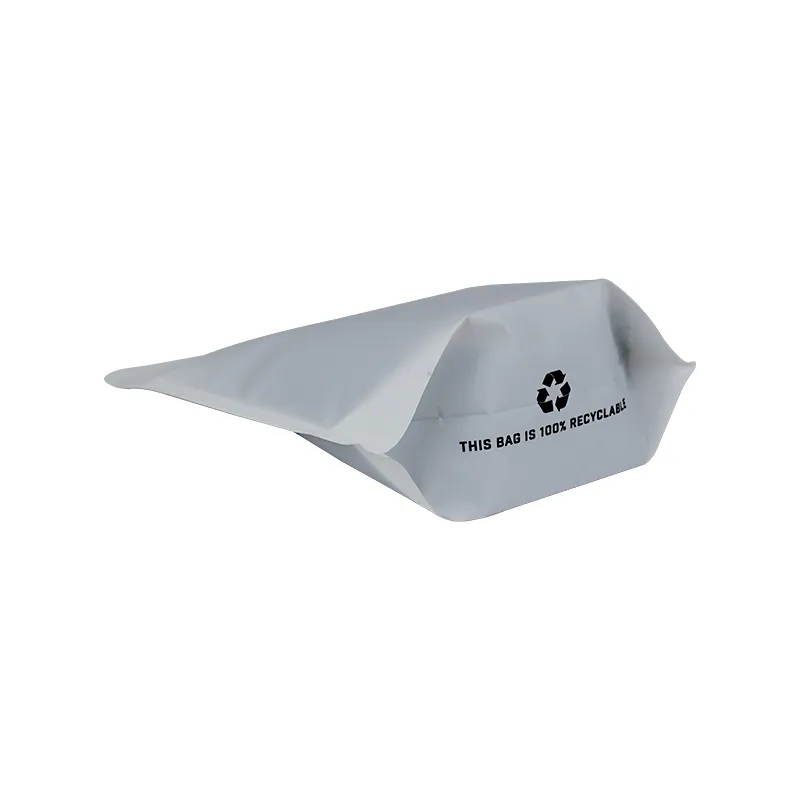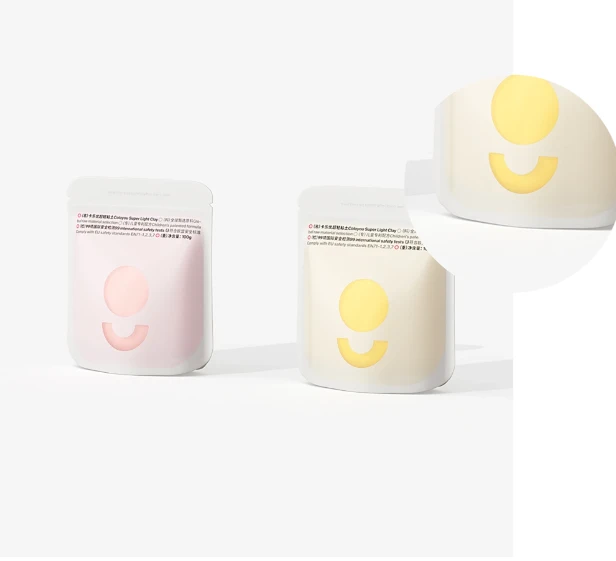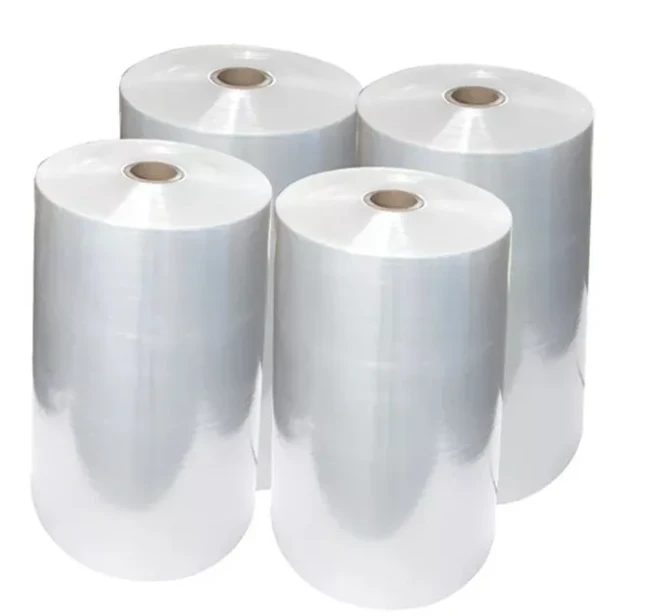- Afrikaans
- Albanian
- Amharic
- Arabic
- Armenian
- Azerbaijani
- Basque
- Belarusian
- Bengali
- Bosnian
- Bulgarian
- Catalan
- Cebuano
- chinese_simplified
- chinese_traditional
- Corsican
- Croatian
- Czech
- Danish
- Dutch
- English
- Esperanto
- Estonian
- Finnish
- French
- Frisian
- Galician
- Georgian
- German
- Greek
- Gujarati
- haitian_creole
- hausa
- hawaiian
- Hebrew
- Hindi
- Miao
- Hungarian
- Icelandic
- igbo
- Indonesian
- irish
- Italian
- Japanese
- Javanese
- Kannada
- kazakh
- Khmer
- Rwandese
- Korean
- Kurdish
- Kyrgyz
- Lao
- Latin
- Latvian
- Lithuanian
- Luxembourgish
- Macedonian
- Malgashi
- Malay
- Malayalam
- Maltese
- Maori
- Marathi
- Mongolian
- Myanmar
- Nepali
- Norwegian
- Norwegian
- Occitan
- Pashto
- Persian
- Polish
- Portuguese
- Punjabi
- Romanian
- Russian
- Samoan
- scottish-gaelic
- Serbian
- Sesotho
- Shona
- Sindhi
- Sinhala
- Slovak
- Slovenian
- Somali
- Spanish
- Sundanese
- Swahili
- Swedish
- Tagalog
- Tajik
- Tamil
- Tatar
- Telugu
- Thai
- Turkish
- Turkmen
- Ukrainian
- Urdu
- Uighur
- Uzbek
- Vietnamese
- Welsh
- Bantu
- Yiddish
- Yoruba
- Zulu
Ways to Calculate the Volume of a Box Easily and Accurately
How to Find the Volume of a Box A Comprehensive Guide
Understanding how to find the volume of a box is a fundamental skill in mathematics and practical applications. Whether you’re a student learning geometry, a teacher explaining concepts, or simply looking to solve a problem in your everyday life, knowing how to calculate this measurement can be incredibly useful.
What is Volume?
Volume is the amount of space that an object occupies. For three-dimensional objects, volume is typically measured in cubic units, such as cubic centimeters (cm³), cubic meters (m³), or cubic inches (in³). When it comes to regular shapes, like boxes (which are also known as rectangular prisms), calculating volume is straightforward and can be done using a simple formula.
The Formula for Volume
The formula to find the volume \( V \) of a box is
\[ V = l \times w \times h \]
Where - \( V \) = Volume - \( l \) = Length of the box - \( w \) = Width of the box - \( h \) = Height of the box
Step-by-Step Guide to Calculate Volume
1. Measure the Dimensions Begin by measuring the length, width, and height of the box. It’s important to use the same units for all measurements; for instance, if you measure the length in inches, you should measure the width and height in inches as well.
- Length (l) The longer side of the box. - Width (w) The shorter side at the base of the box. - Height (h) The side that stretches vertically from the base to the top.
how to find the volume of a box

2. Substitute the Values into the Formula Plug the measured values into the volume formula. Let’s say you have a box with a length of 10 cm, a width of 5 cm, and a height of 2 cm, you would do the following calculations
\[ V = 10 \, \text{cm} \times 5 \, \text{cm} \times 2 \, \text{cm} \]
3. Perform the Multiplication Carry out the multiplication
- First, multiply the length and width \( 10 \times 5 = 50 \, \text{cm}^2 \) - Then, multiply that result by the height \( 50 \times 2 = 100 \, \text{cm}^3 \) Thus, the volume of the box is \( 100 \, \text{cm}^3 \).
Practical Applications
Knowing how to find the volume of a box can help in various scenarios - Packaging Businesses can determine how much product can fit into boxes for shipping and storage. - Construction Builders may need to calculate the volume of materials to order for a project. - Cooking Recipes often require measurements of ingredients that can be quantified using volume.
Common Mistakes to Avoid
While calculating the volume is relatively simple, there are common mistakes that can lead to inaccurate results
- Incorrect Units Mixing units (for example, using cm for length and inches for height) can yield incorrect volumes. Always ensure consistency. - Forgetting One Dimension Ensure that you measure and include all three dimensions length, width, and height. - Rounding Errors When working with measurements, especially when measuring with a ruler, rounding off too early can lead to significant errors in the final volume.
Conclusion
Finding the volume of a box is an essential skill that can be applied in numerous contexts. By following the straightforward formula and process, you can easily determine how much space a box occupies. Whether in academics, daily activities, or professional practices, the ability to calculate volume accurately will serve you well. So grab your ruler, measure the dimensions, and dive into the practical world of volume calculation!













